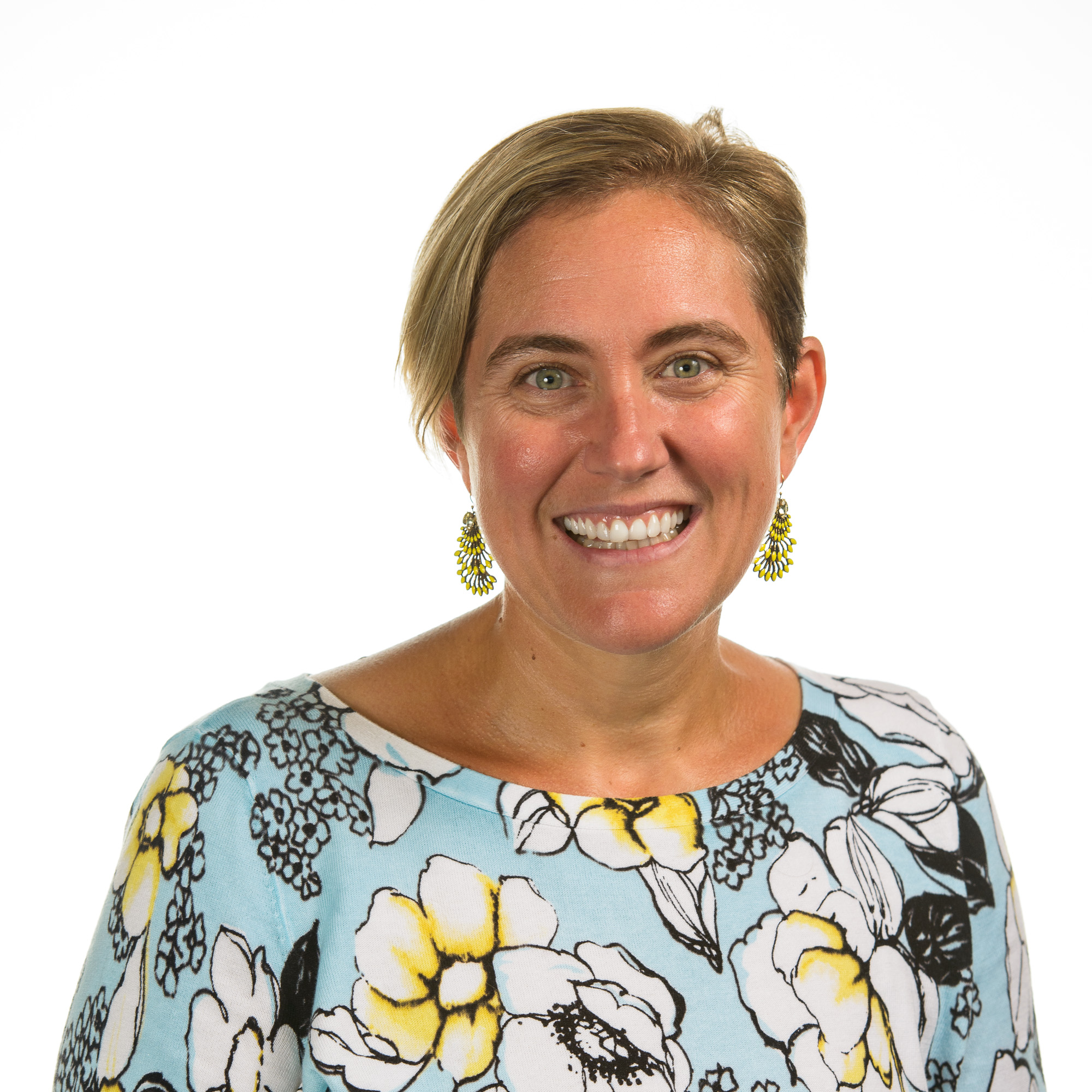ASU professor explores #MeToo phenomenon — and why some people might not join in

A simple tweet by actress Alyssa Milano has recently become a cultural and viral phenomenon. The #MeToo movement has pulled the curtain back on the experiences many women and men have had as victims of sexual assault and harassment, in the wake of misconduct allegations against film mogul Harvey Weinstein.
The phrase started trending on Twitter earlier this month after a friend suggested to Milano she could add something to the conversation. The response was overwhelming.
Jill Theresa Messing, an associate professor in Arizona State University's School of Social Work The School of Social Work is part of ASU's College of Public Service and Community Solutions.who researches partner violence and domestic homicide/femicide, discusses how this two-word hashtag is prompting millions to speak out, and why some people might choose not to join in.
Jill Theresa Messing
Question: What do you make of the #MeToo phenomenon? Is it surprising to you that so many people have taken to social media to share this information?
Answer: In the United States, 18.3 percent of women report being raped in their lifetime and 44.6 percent of women report sexual-violence victimizationThis includes sexual coercion, unwanted sexual contact and non-contact unwanted sexual experiences. other than rape in their lifetime. College-aged women are at high risk — of rape victims, 37.4 percent of women reported their first victimization between the ages of 18–24.
Given the large numbers of women who have been raped, sexually assaulted, sexually abused and harassed, it is not surprising that so many women are sharing these experiences. At the same time, because of common myths that shame and blame victims of sexual violence and abuse, many women don’t speak out about their experiences.
Q: Is there a downside to something like this? Are people who may have been harassed, or victims of sexual violence, putting themselves at any risk by participating in this campaign?
A: The majority of rape, sexual violence and sexual abuse is committed by men that the victim knows, often by an intimate partner. Men may retaliate against women who report their victimization online, so it is important that women are able to make an informed decision about what is safe for them. Nobody should ever feel pressured to share if it is not comfortable or safe to do so.
Q: There are certainly people who might fit in the #MeToo category but don’t want that to be a part of their social-media profiles. Is there any concern that they are being asked to choose between moving on from a traumatic experience and contributing their voice to what many have seen as an important moment in documenting the enormity of this problem?
A: Everyone should be able to make the choice that is right for them. People use social media to reach a large number of people, quickly and across diverse contexts. The social-media campaign is a powerful illustration of what research tells us about the ubiquity of sexual violence and abuse. But this isn’t the only way that survivors or others can contribute. If you are a victim of sexual assault and need support, reach out to the National Sexual Assault Hotline at 1-800-656-HOPE (4673).
Q: We have seen lots of social-media campaigns with varying degrees of staying power. Do you think this is something that will last?
A: Raising awareness is an important goal, but it is not going to end sexual violence and abuse. As Jackson KatzKatz is an American educator, filmmaker and author. He has created a gender-violence prevention and education program titled "Mentors in Violence Prevention," which is used by U.S. military and various sporting organizations. Source: Wikipedia says, “We talk about how many women were raped last year, not how many men raped women.” The way that we talk about sexual violence frames it as a women’s issue and places responsibility on women for avoiding rape and sexual violence. We need to shift this framework so that, as a society, we are thinking and talking about how men can stop sexual-violence perpetration.
Small steps that men can take every day include speaking out against sexist language and jokes, challenging inequality, speaking up if they see sexual harassment or violence and ensuring that their relationships are free of sexual violence and coercion. Ultimately, in order to achieve gender equality, we must challenge the harmful masculinities that condone violence.
Top photo courtesy of pixabay.com
